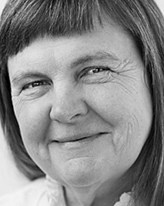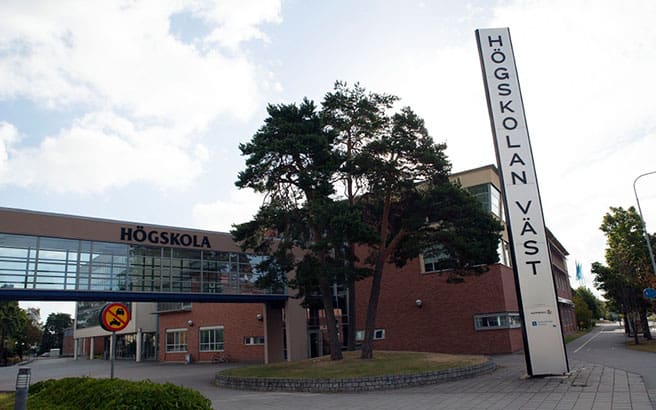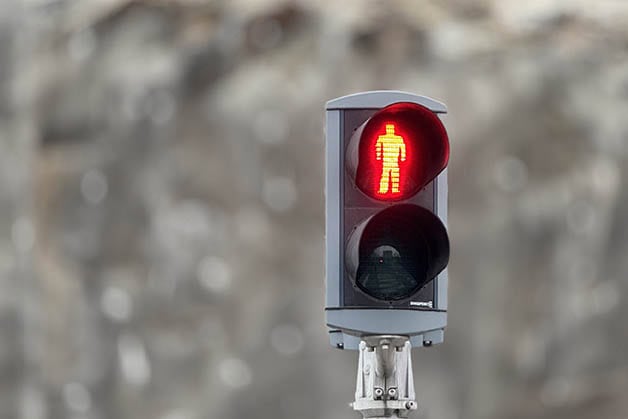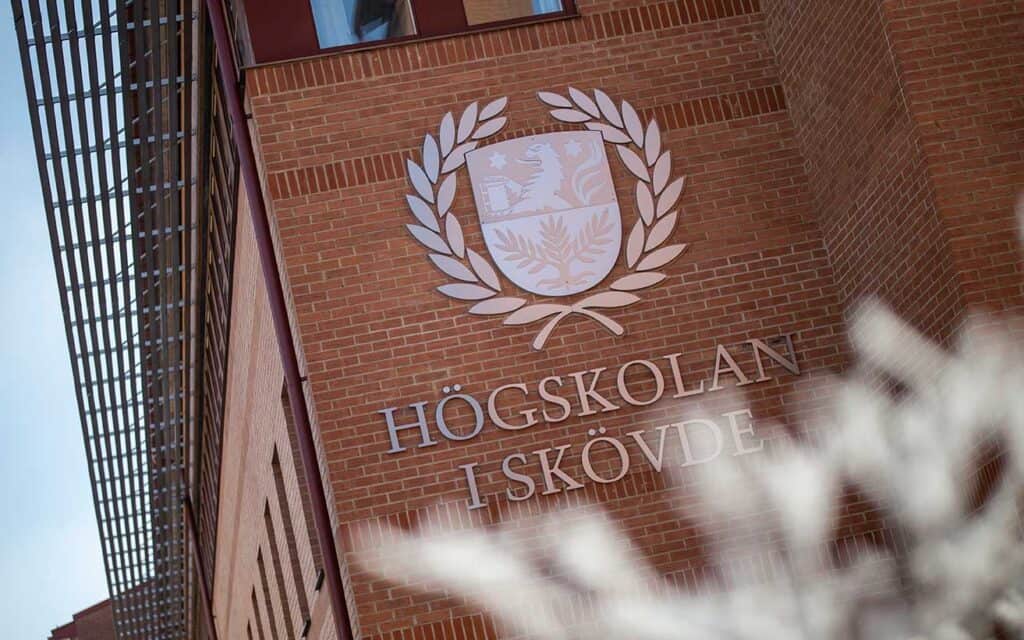60 per cent of this year’s intake of doctoral candidates come from Sweden, with 40 per cent coming from other countries. Of the 3,100 people who started their programmes in 2020, 450 come from Asia, 310 from EU countries outside the Nordic region and 120 come from European countries outside the EU.
“The most interesting thing about this analysis,” says Ingrid Pettersson, a researcher at the Authority, “is that there is a large concentration of foreign doctoral students from Asia.”

Mainly from China and India
Looking in more detail at the 2020 intake from Asian countries, 160 doctoral candidates come from China, 100 from India, 90 from Iran and 110 from elsewhere in Asia.
“The number of new foreign doctoral candidates from countries outside Europe decreased sharply from 2012 to 2013,” says Pettersson. “This may have been a consequence of the tuition fee reform of 2011, which reduced the influx of master’s students. They are an important recruitment pool for doctoral education.”
Of the European first-year doctoral candidates, 100 come from Germany, 60 from Italy, 40 from the Netherlands and 30 from Spain, while 90 come from other non-Nordic EU countries.
“Citizens of Nordic countries are a little difficult to identify in these statistics, because they are allowed to settle freely in Sweden,” says Pettersson.
The pandemic has not affected numbers
The corona pandemic does not appear to have had any impact on the number of people admitted to doctoral programmes, at least not in 2020. “So far we have not seen that the pandemic has affected numbers. We have discussed this with some higher education institutions, and they have confirmed the picture we have regarding 2020. We will follow this up when we have the figures for 2021.”
In total, the gender distribution among new doctoral candidates is equal. Women outnumber men among Swedish doctoral candidates, but among those coming from other countries there are more men than women, with 55 per cent and 45 per cent respectively.
Two areas have a higher proportion of women – the Nordic countries excluding Sweden and non-EU European countries – while there are as many women as men from EU countries outside the Nordic region. All other regions have more men than women.
“Twenty three percent of all new doctoral candidates are from countries outside the EU/EEA and Switzerland,” Ingrid Pettersson ends by saying. “There we see an effect of the changes to the Aliens Act that make it much more difficult for foreign doctoral candidates outside the EU/EEA to remain in Sweden in the long term.”

















